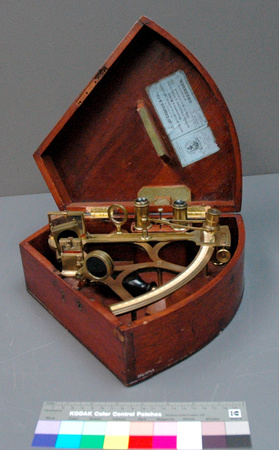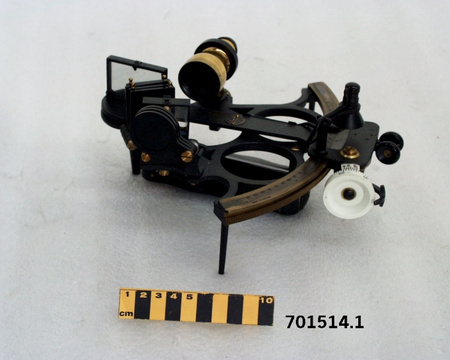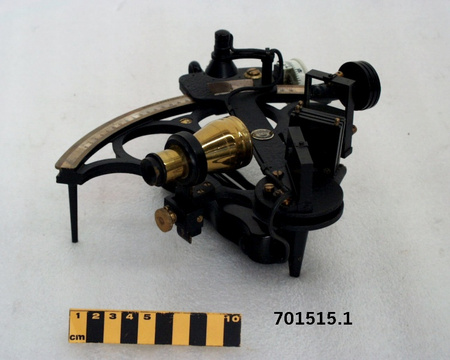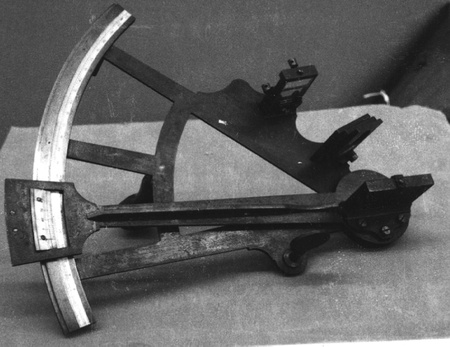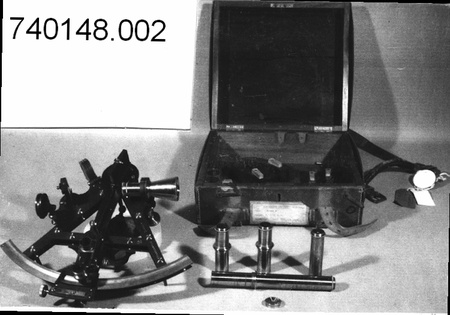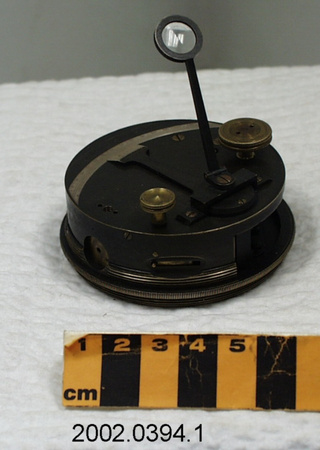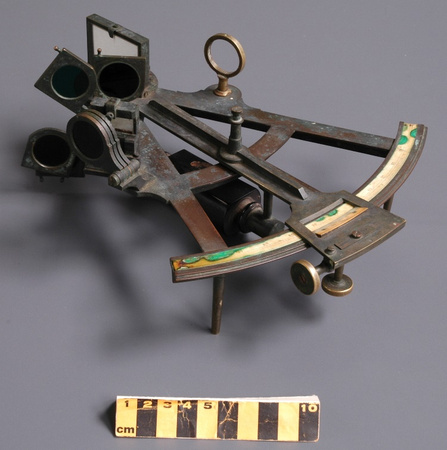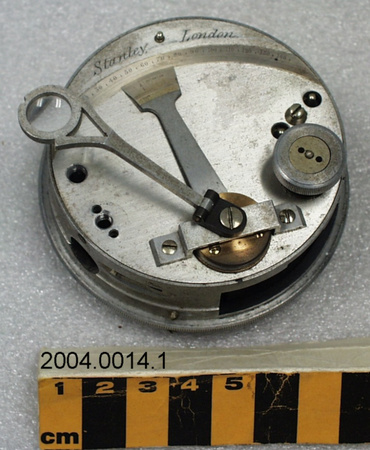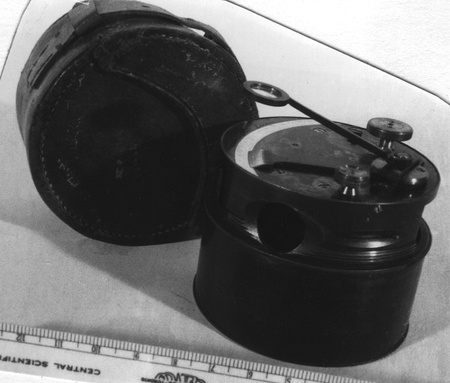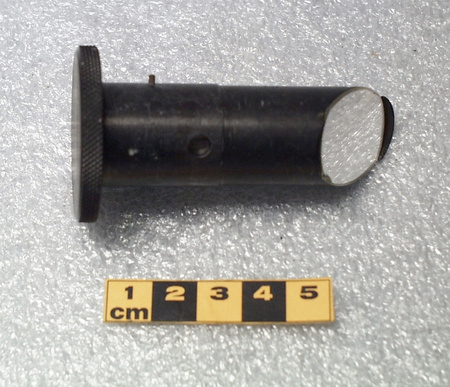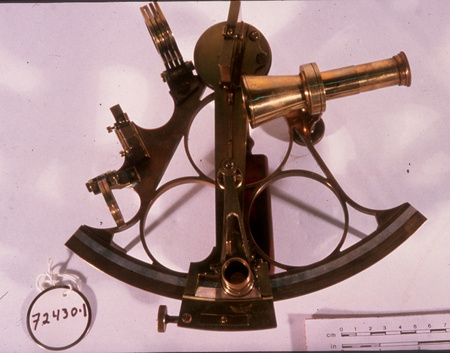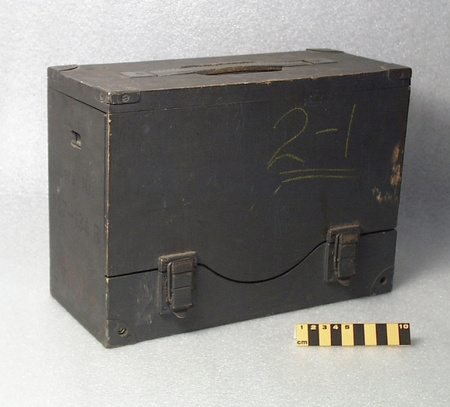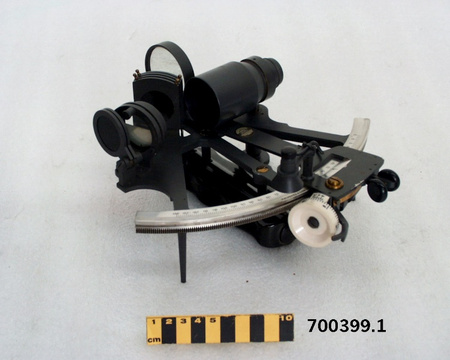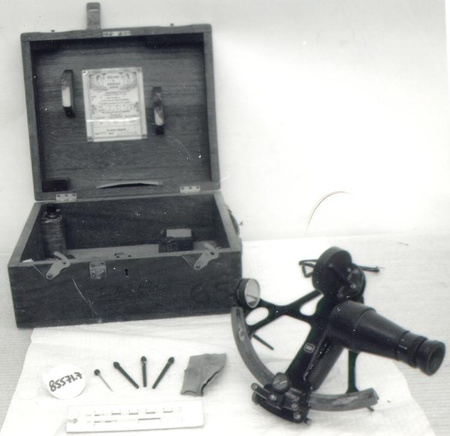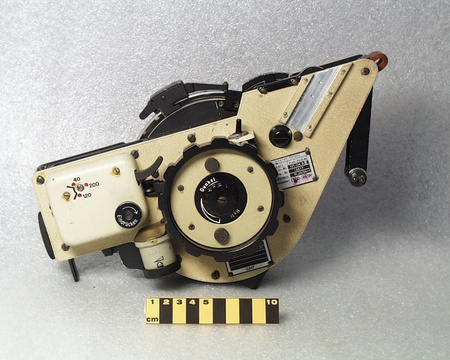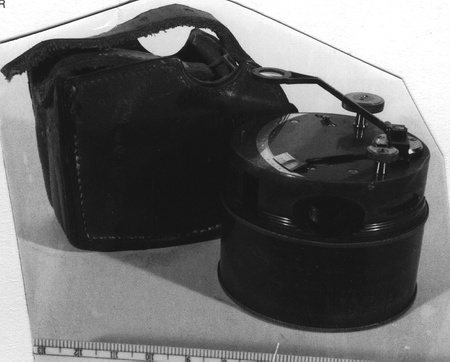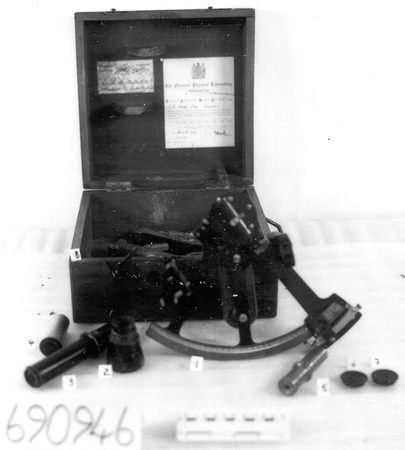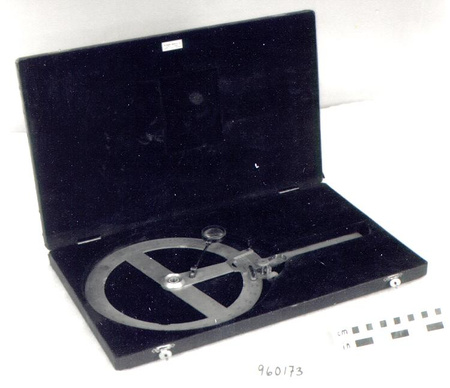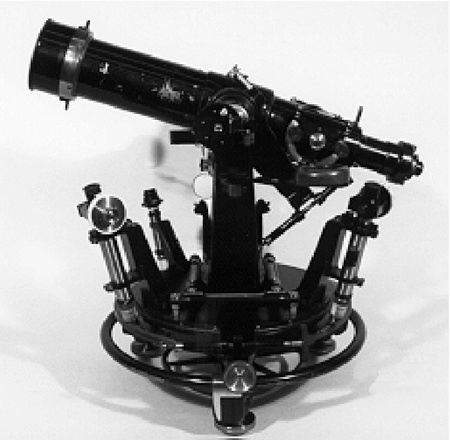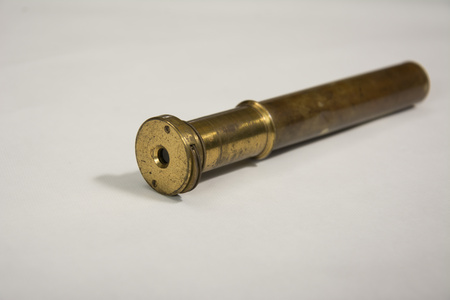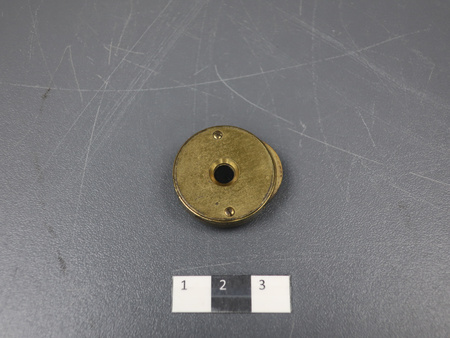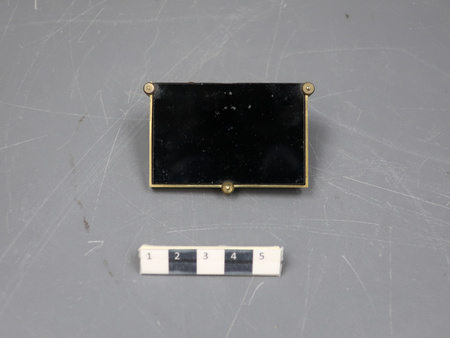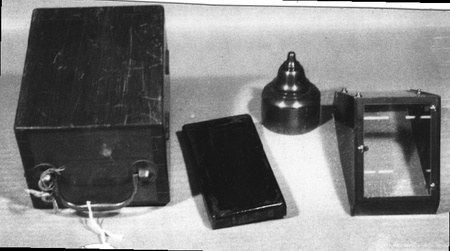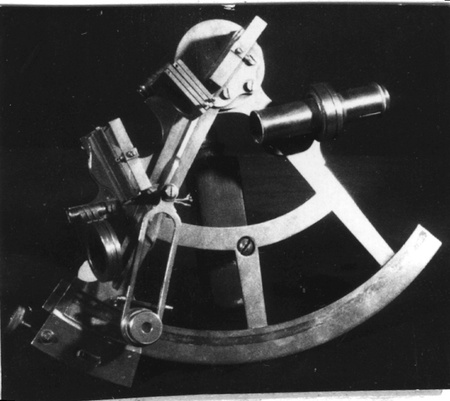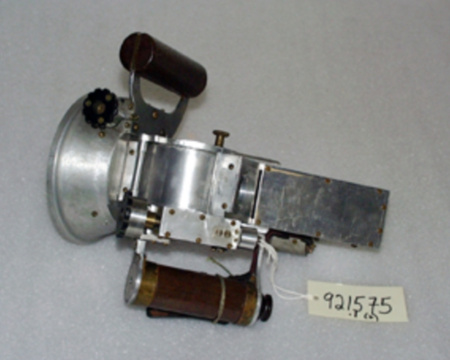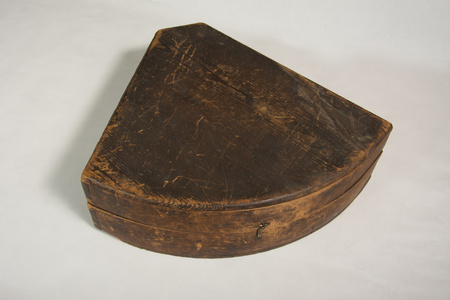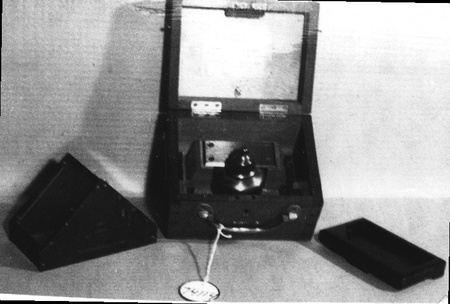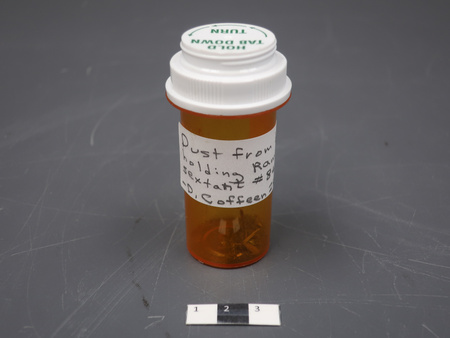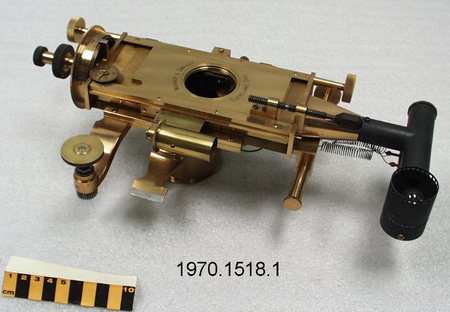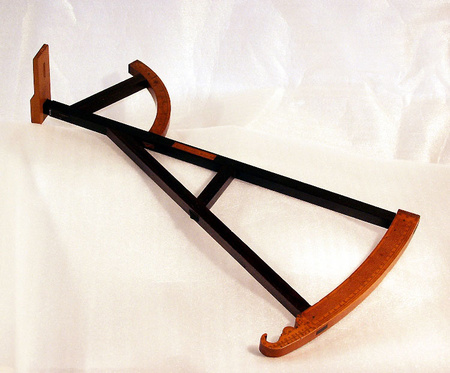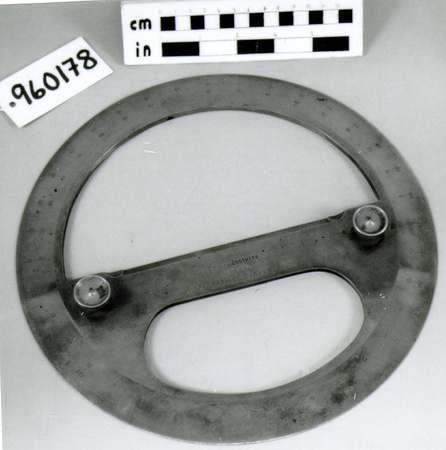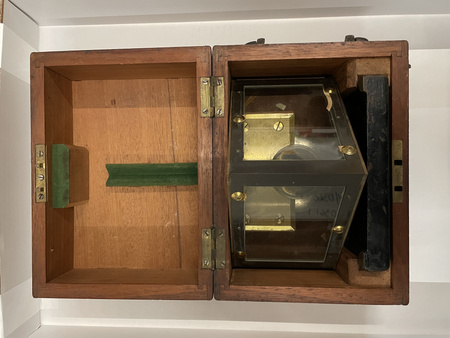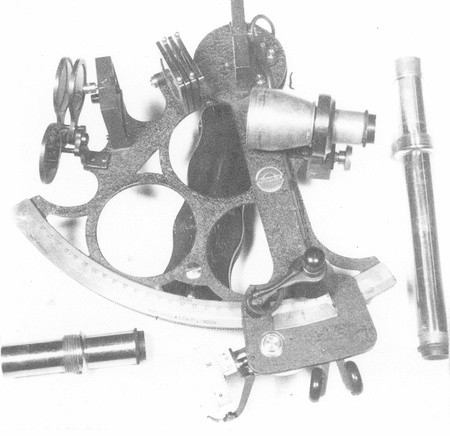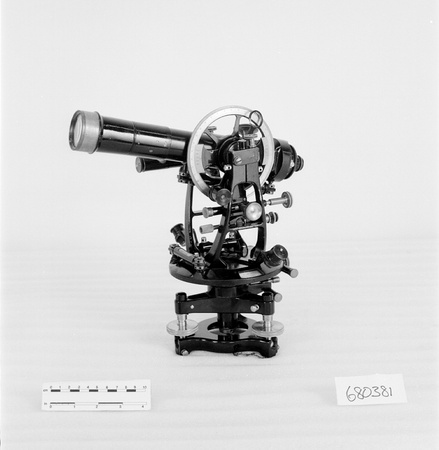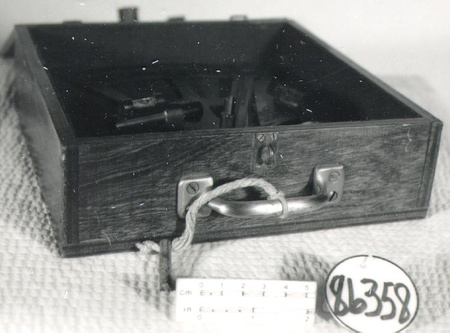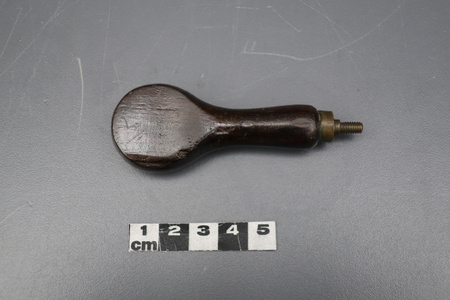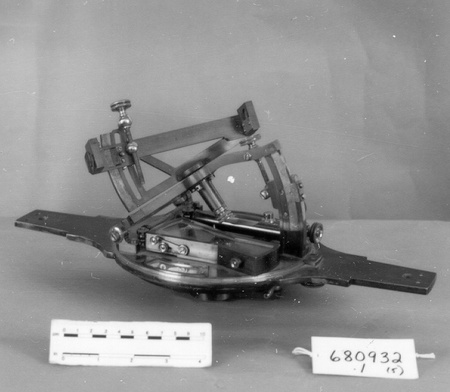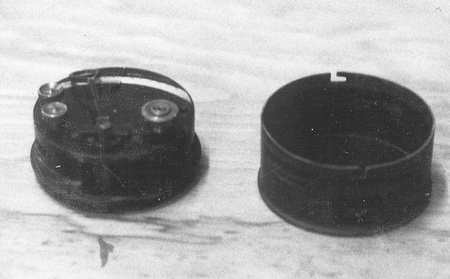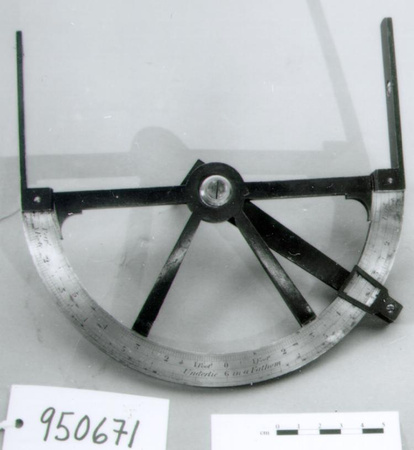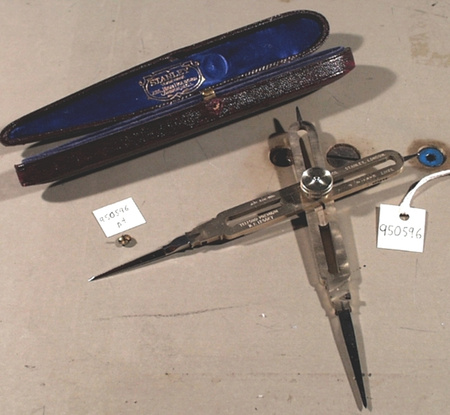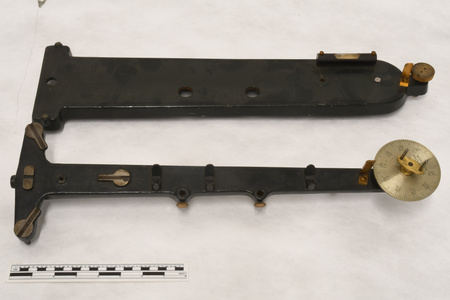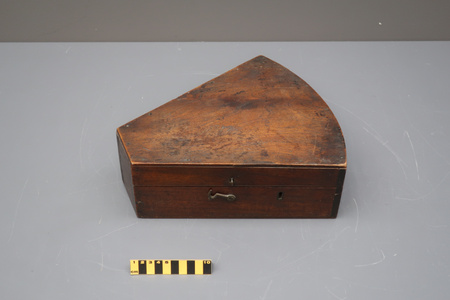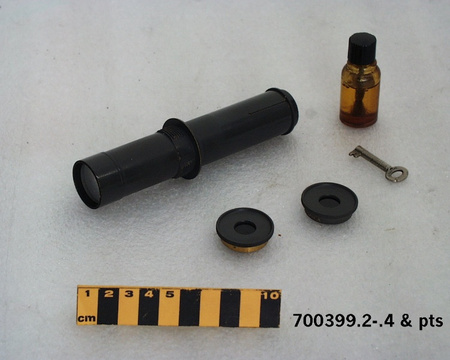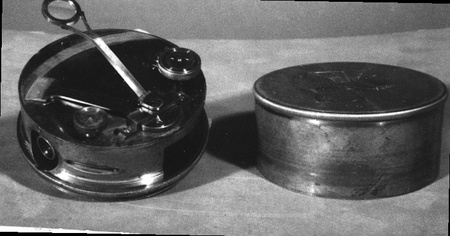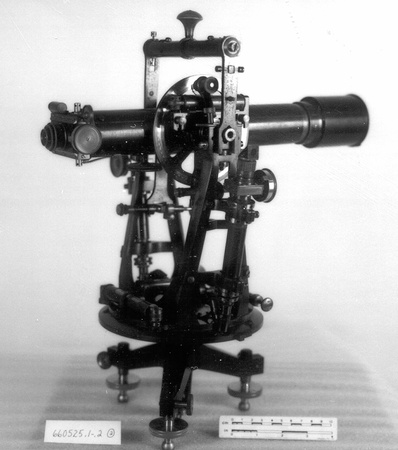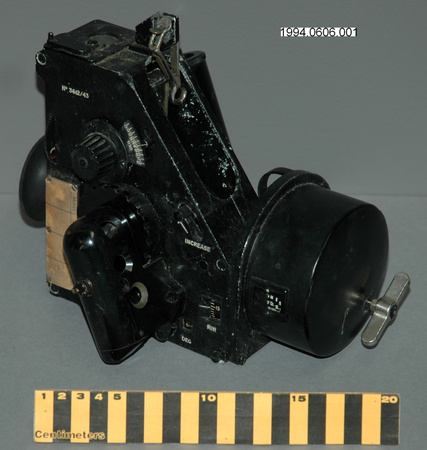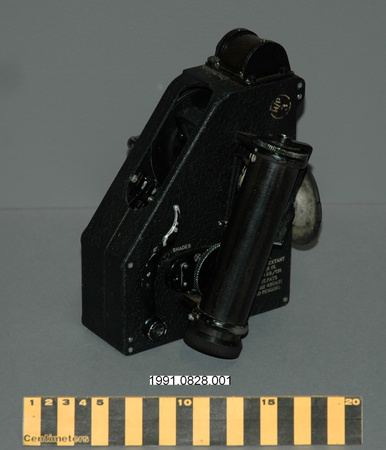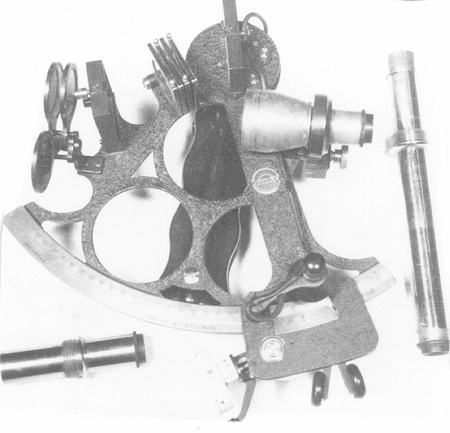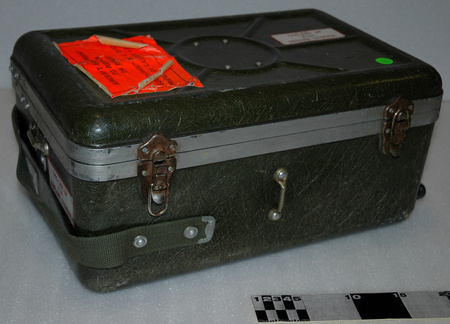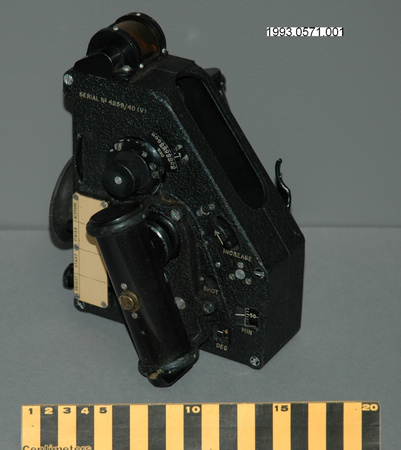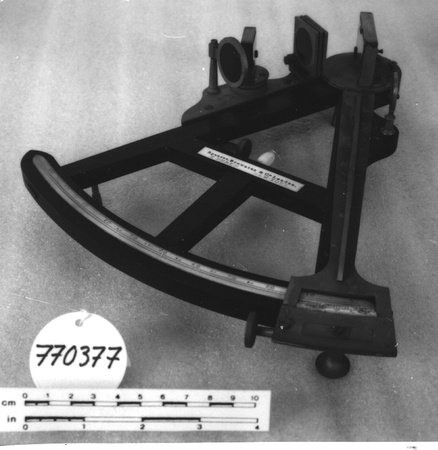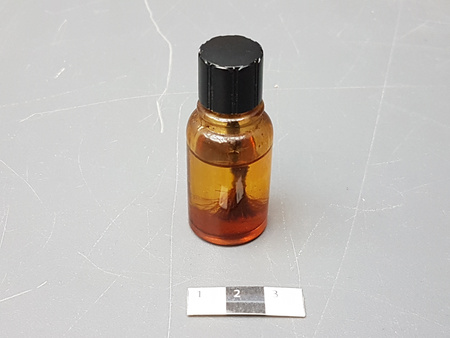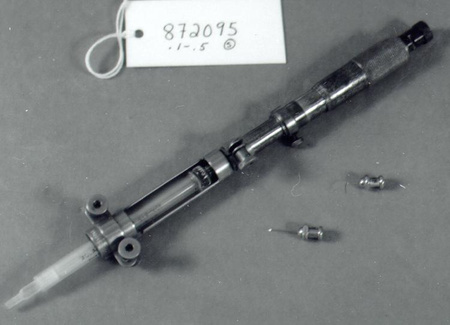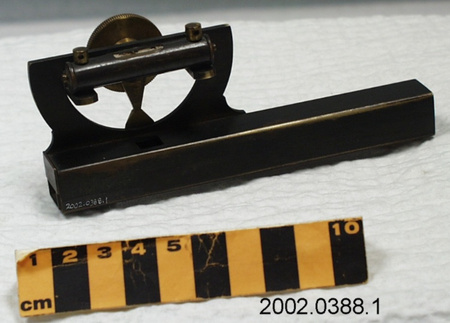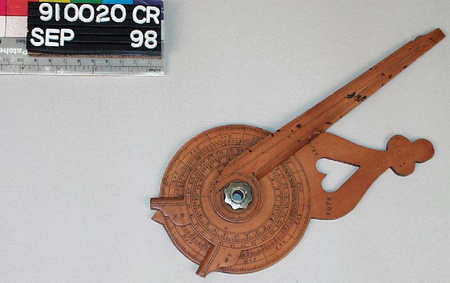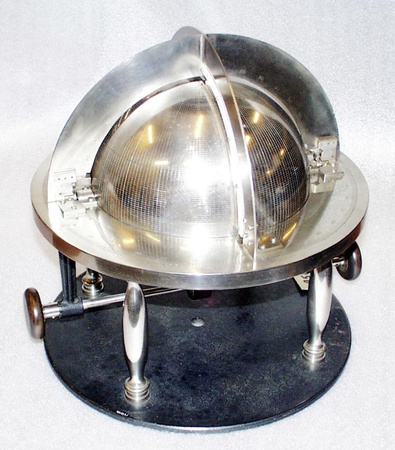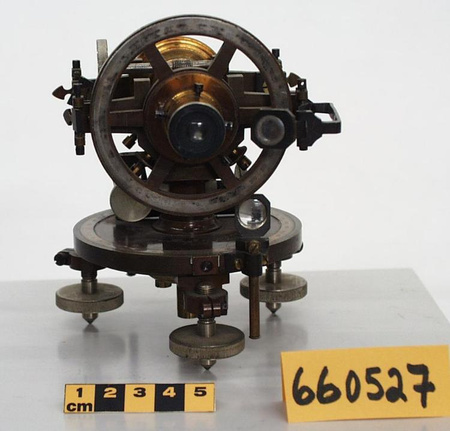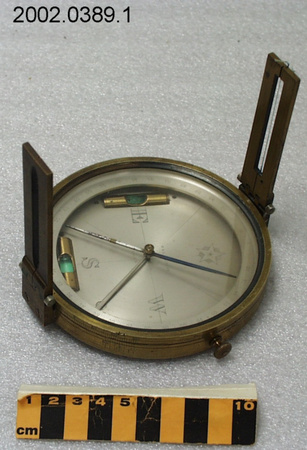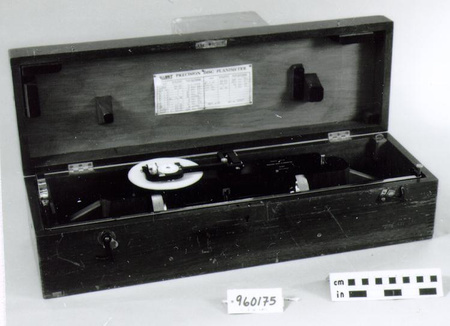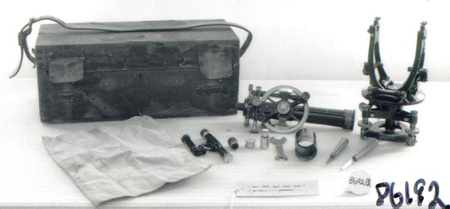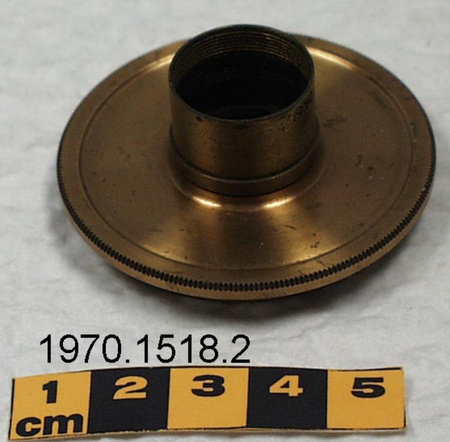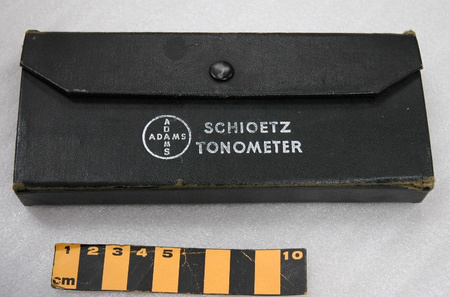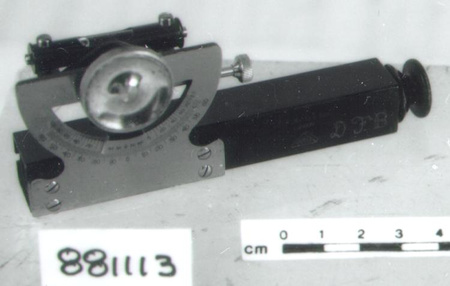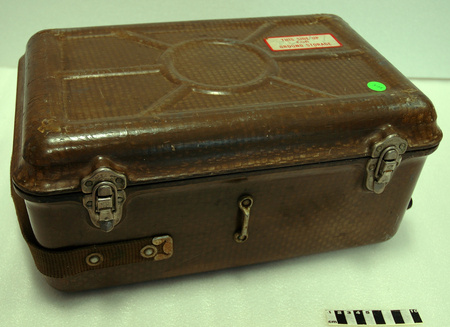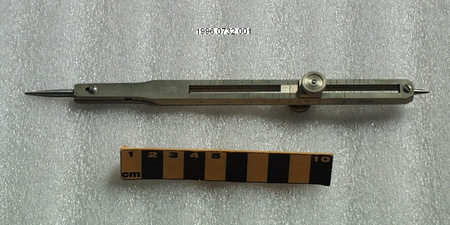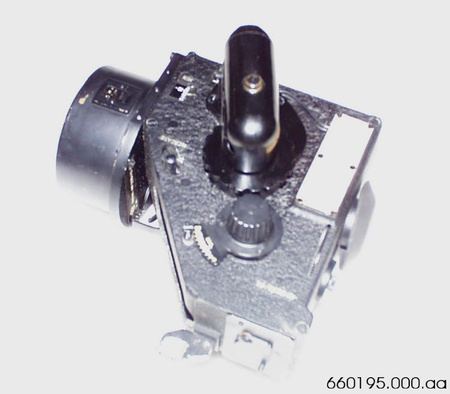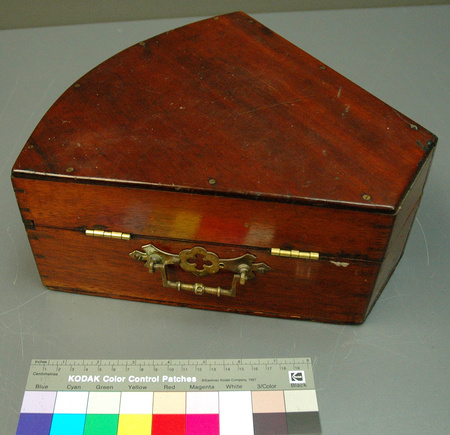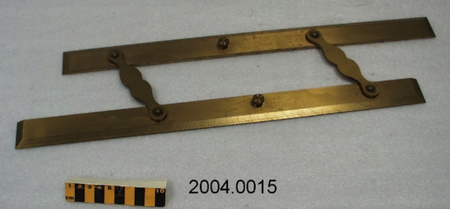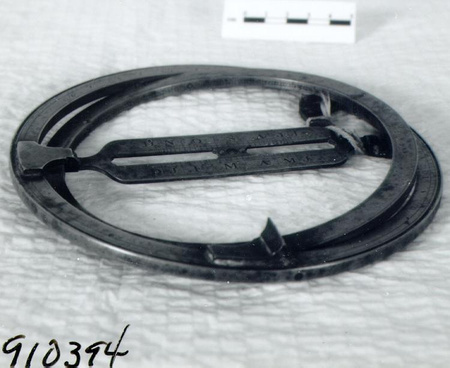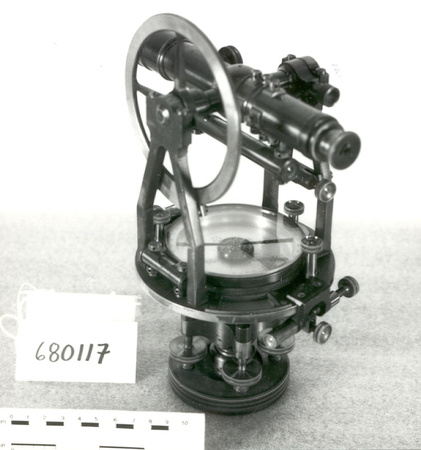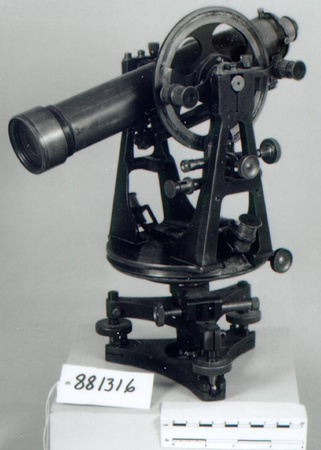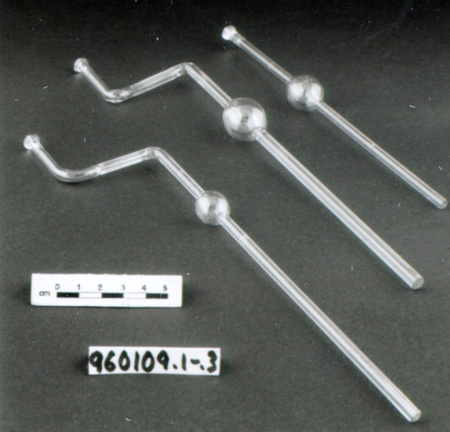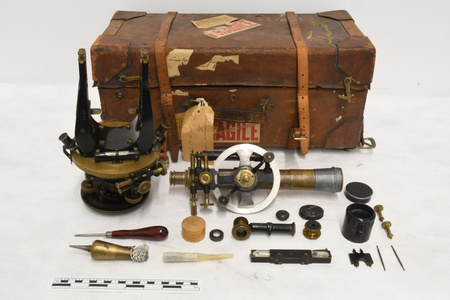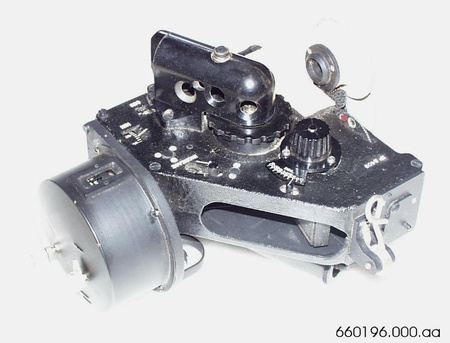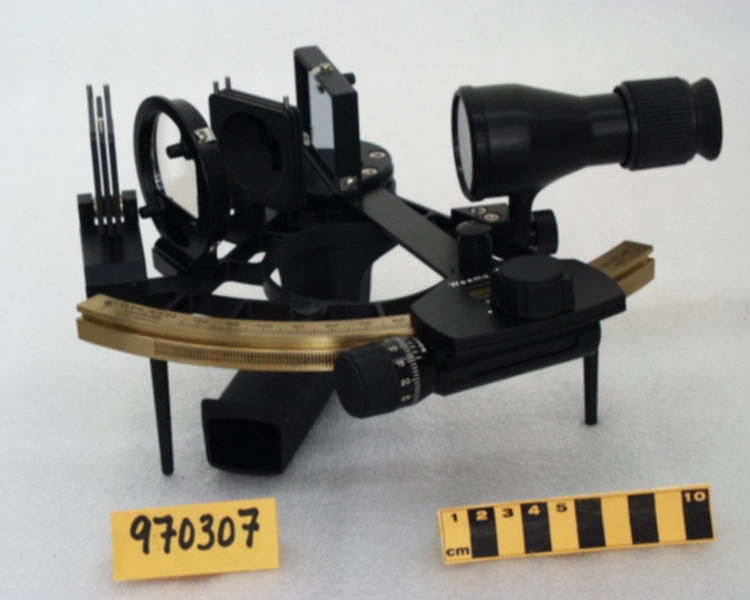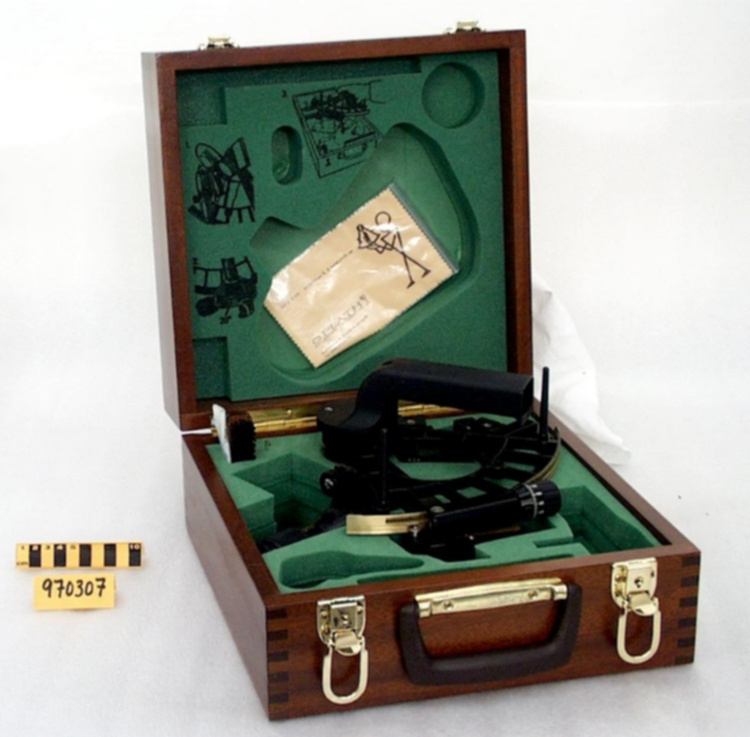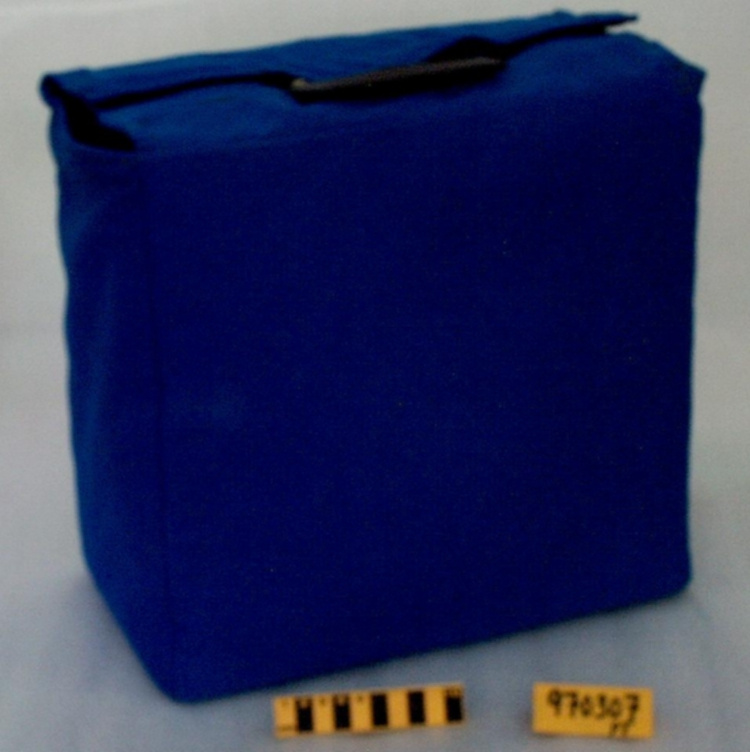Sextant
Use this image
Can I reuse this image without permission? Yes
Object images on the Ingenium Collection’s portal have the following Creative Commons license:
Copyright Ingenium / CC BY-NC-ND (Attribution-NonCommercial 4.0 International (CC BY-NC 4.0)
ATTRIBUTE THIS IMAGE
Ingenium,
1997.0307.001
Permalink:
Ingenium is releasing this image under the Creative Commons licensing framework, and encourages downloading and reuse for non-commercial purposes. Please acknowledge Ingenium and cite the artifact number.
DOWNLOAD IMAGEPURCHASE THIS IMAGE
This image is free for non-commercial use.
For commercial use, please consult our Reproduction Fees and contact us to purchase the image.
- OBJECT TYPE
- MARINE/MICROMETER
- DATE
- 1990–1992
- ARTIFACT NUMBER
- 1997.0307.001
- MANUFACTURER
- PLATH, C.
- MODEL
- NAVISTAR TRADITIONAL
- LOCATION
- Hamburg, Federal Republic of Germany
More Information
General Information
- Serial #
- 63945
- Part Number
- 1
- Total Parts
- 1
- AKA
- N/A
- Patents
- N/A
- General Description
- Brass, makrolon & glass sextant. mahagony wood case has foam padding; cw padded fabric cover & fabric cleaning cloth.
Dimensions
Note: These reflect the general size for storage and are not necessarily representative of the object's true dimensions.
- Length
- 31.0 cm
- Width
- 31.0 cm
- Height
- 18.0 cm
- Thickness
- N/A
- Weight
- N/A
- Diameter
- N/A
- Volume
- N/A
Lexicon
- Group
- Marine Transportation
- Category
- Navigation instruments & equipment
- Sub-Category
- N/A
Manufacturer
- AKA
- PLATH
- Country
- Federal Republic of Germany
- State/Province
- Unknown
- City
- Hamburg
Context
- Country
- Worldwide
- State/Province
- Unknown
- Period
- This sextant never used. Sextant developed in 1757, with basic design & shape remaining constant.
- Canada
-
This sextant was never used. Donated by Mr. G.C.E. Theriault of Victoria, B.C. - Function
-
Micrometer drum sextant used for measuring the angle between the horizon and a celestial body (sun, moon, stars, etc.) A series of reflecting mirrors was used to line up the reflection of the horizon and the body, and then a measurement was read and converted into longitude and latitude. - Technical
-
Sextant developed in 1757, and facilitated mariners' use of the method of lunars in navigating. Following development of Ramsden's dividing engine (1775), the high costs formerly associated with accurately dividing the sextant's scale were reduced, and the sextant became the standard instrument for measuring vertical and/or horizontal angles at sea. (ref. 1) This sextant was Plath's Navistar Model Sextant. It was designed for ease of use, extremely high durability and above average accuracy. The Navistar sextant was said to represent the finest state of art and technology of a traditional sextant. Arc goes from -5 degrees to 130 degrees. - Area Notes
-
Unknown
Details
- Markings
- " C. PLATH/ HAMBURG/ WEST GERMANY " & " NAVISTAR/ 63945 " incised on arc, with scale -5 degrees to 125 degrees, divided at intervals of 1 minute. Micrometer scale 0-59, reads to 0.2 minutes (12 seconds). " Weems & Plath " incised on index arm. Illustrations of instrument in various positions appear on foam packing lining lid.
- Missing
- None apparent Some holes in foam do not have parts
- Finish
- Sextant is predominantly black, with bright brass divided arc and selected fittings; glass lenses, filters, micrometer cover, etc./ medium brown mahogany stained wooden box has bright brass hinges & fittings; brown synthetic handle; green foam lining./ bright blue fabric cover lined with green nylon; Velcro closures.
- Decoration
- N/A
CITE THIS OBJECT
If you choose to share our information about this collection object, please cite:
PLATH, C., Sextant, circa 1990–1992, Artifact no. 1997.0307, Ingenium – Canada’s Museums of Science and Innovation, http://collection.ingenium.ca/en/id/1997.0307.001/
FEEDBACK
Submit a question or comment about this artifact.
More Like This
